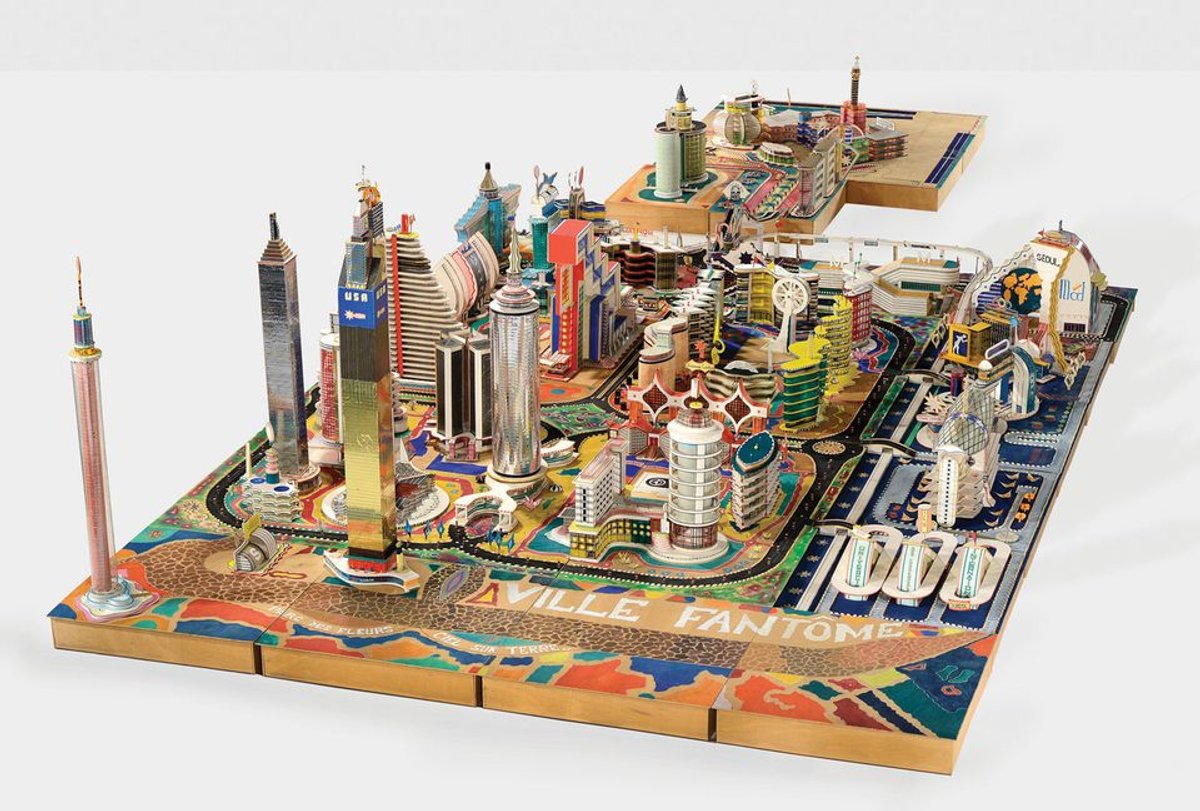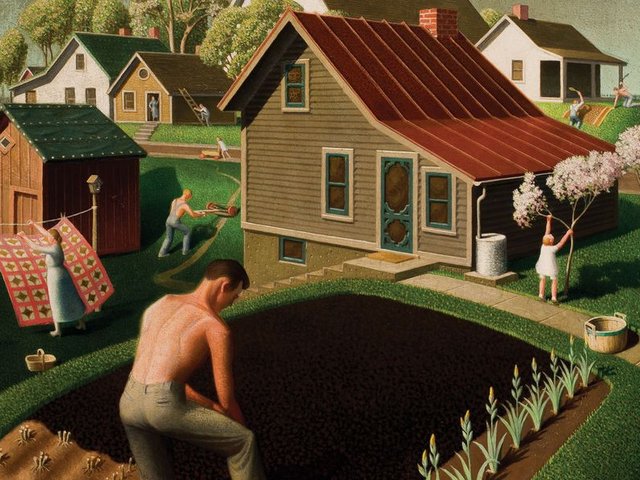Bodys Isek Kingelez: City Dreams at the Museum of Modern Art is the first US survey of this visionary Congolose artist (1948-2015), who produced wondrous urban models with found magazines and product packaging. Featuring work that dates from the early 1980s through to the end of Kingelez’s life, the exhibition tells the story of how these models addressed urban, social and economic concerns. “While he knew they were not likely to be realised in his lifetime—in fact, he said we were not ready for them—they were certainly a proposal, a real, tangible proposal for how we might live in the tomorrow,” says the exhibition’s curator, Sarah Suzuki. Ville Fantôme (1996), for example, is a city without police or jails. The work is accompanied by a virtual reality component that enables visitors to inhabit the structure and gives more detail than the naked eye can detect (particularly at a museum with boundaries and guards).
Half a century ago, when the 21-car train carrying the body of Robert Kennedy journeyed somberly from New York to Washington, DC, thousands of Americans converged along the route, many memorialising the moment with their personal cameras. RFK Funeral Train: the People’s View, at the International Center for Photography (until 2 September), assembles these snapshots and home videos into a multi-screen projection, complemented with audio and video reminiscences from those who were there to mourn the senator and presidential candidate’s assassination. Collected by the Dutch photographer and filmmaker Rein Jelle Terpstra, these materials are presented alongside celebrated photographs by Paul Fusco, who was aboard the train that day on 8 June 1968 and captured the spectators. That dual perspective on the event is illuminating; Fusco’s photographs often emphasise a swelling sense of unity in a time of national loss, but some of the snapshots from the tracks are tinged with uncertainty, even dread.
Enter the bizarre world of the New York-based French artist Camille Henrot at her Metro Pictures solo show, Born Never Asked (until 9 June). The artist’s watercolours form “a continuously evolving constellation of relationships, a zodiac of her own making”, the curator Kathy Noble writes in in an essay for the show. The linear works feature a strange cast of characters, sometimes purely human forms, sometimes human-animal hybrids, and often in strange or explicit sexual situations. In the 2014 series Tropics of Love, spare brushstrokes of black ink feature humans and animals (and sometimes multi-species mash-ups) touching, straddling or penetrating each other, while the 2017 works, The Narcissist, have a human-monster like figure with two penises at the crotch resembling devil’s horns




